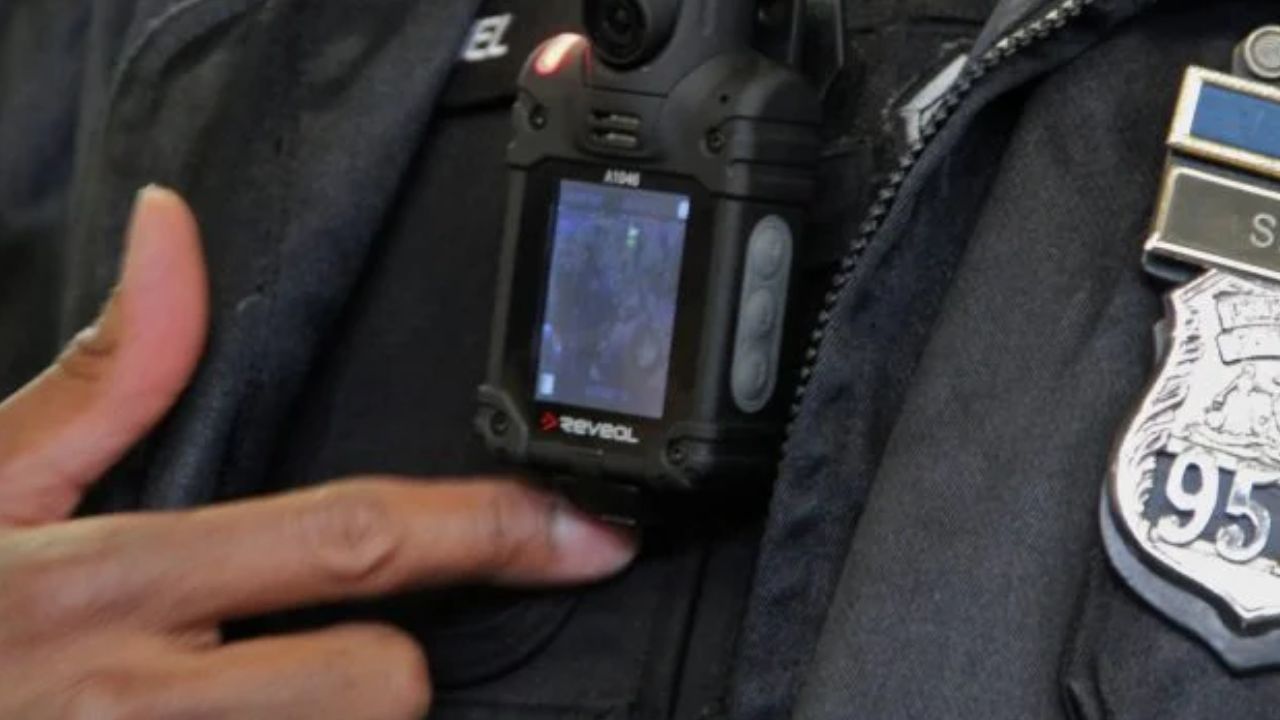Studies conducted on body-worn cameras (BWCs) have demonstrated their beneficial effects, especially for law enforcement. It has been discovered that BWCs improve evidence gathering, decrease the use of force, and raise accountability, all of which increase openness and public confidence.
In addition to encouraging cops to behave professionally in all contacts, these cameras also reduce public complaints. Modern policing now relies heavily on the deployment of sophisticated body camera systems, which improve accountability, transparency, and the gathering of vital evidence during operations.
Nonetheless, difficulties with data management and privacy issues are still major topics of discussion at BWC. Even while studies highlight the advantages of these gadgets, more study is being done to improve how they are used and deal with privacy and public perception concerns.
What Is The Role Of Artificial Intelligence In BWC Technology?
The use of artificial intelligence (AI) in body-worn camera (BWC) technologies is redefining the devices’ capabilities. AI helps to automate metadata categorization, tagging, and transcription, which facilitates searching and analysis of recorded material.
It enhances evidence management and real-time danger assessment by recognizing faces, objects, and even emotions. BWCs with AI capabilities can set off alarms, forecast criminal patterns, assist with policy enforcement and training, and more.
However, the incorporation of AI in BWCs brings up issues with data security, privacy, and ethical use, underscoring the necessity of responsible research and development in this rapidly developing sector.
Automated Tagging and information:
Artificial intelligence (AI) systems can automatically tag and add information to video footage. This facilitates the search and classification of recordings according to variables such as time, place, and people involved.
Object Recognition:
AI is capable of identifying particular items or actions in a video, such as guns, cars, or hand signals. This can help with threat assessment in real time and analysis afterward. BWCs equipped with AI-driven speech recognition technology can transcribe audio recordings, facilitating the identification of certain dialogue or keywords within the video.
Real-time Alerts:
AI systems can evaluate audio and visual data in real-time, detecting anomalous activity or possible threats. This ability allows notifications to be sent to officers or supervisors in real-time. AI’s ability to monitor people’s behavior and emotions during interactions can be used to appraise circumstances and gauge how the public and police officers are feeling emotionally.
Face Recognition:
To identify people, some BWCs employ facial recognition technology; however, this has sparked privacy issues and is governed by laws in many places.
Evidence and Case Management:
Artificial Intelligence can help law enforcement organizations rapidly connect BWC footage with case files and investigations by organizing and managing evidence. AI can assist in forecasting crime trends and more efficiently allocating resources by evaluating past BWC data as well as information from other sources.
Redaction & Privacy Protection:
When uploading or publishing video footage, AI can automatically redact sensitive material, such as faces, license plates, or secret data, to preserve privacy: AI systems can help keep an eye on and enforce BWC usage policies, making sure that police follow the rules regarding recording and activation.
Training and Simulation:
By using BWC footage, police can benefit from AI-powered training and simulations that allow them to practice different scenarios and learn from previous experiences.
Final Words
Access control and recording of sensitive data continue to raise privacy issues. Research in this field is still investigating how BWCs affect behavior, public trust, and evidence gathering while tackling data access and storage issues. Artificial intelligence also improves BWCs by automating real-time warnings, object and facial identification, tagging, and speech recognition. However, integrating AI raises questions about privacy and ethics.
